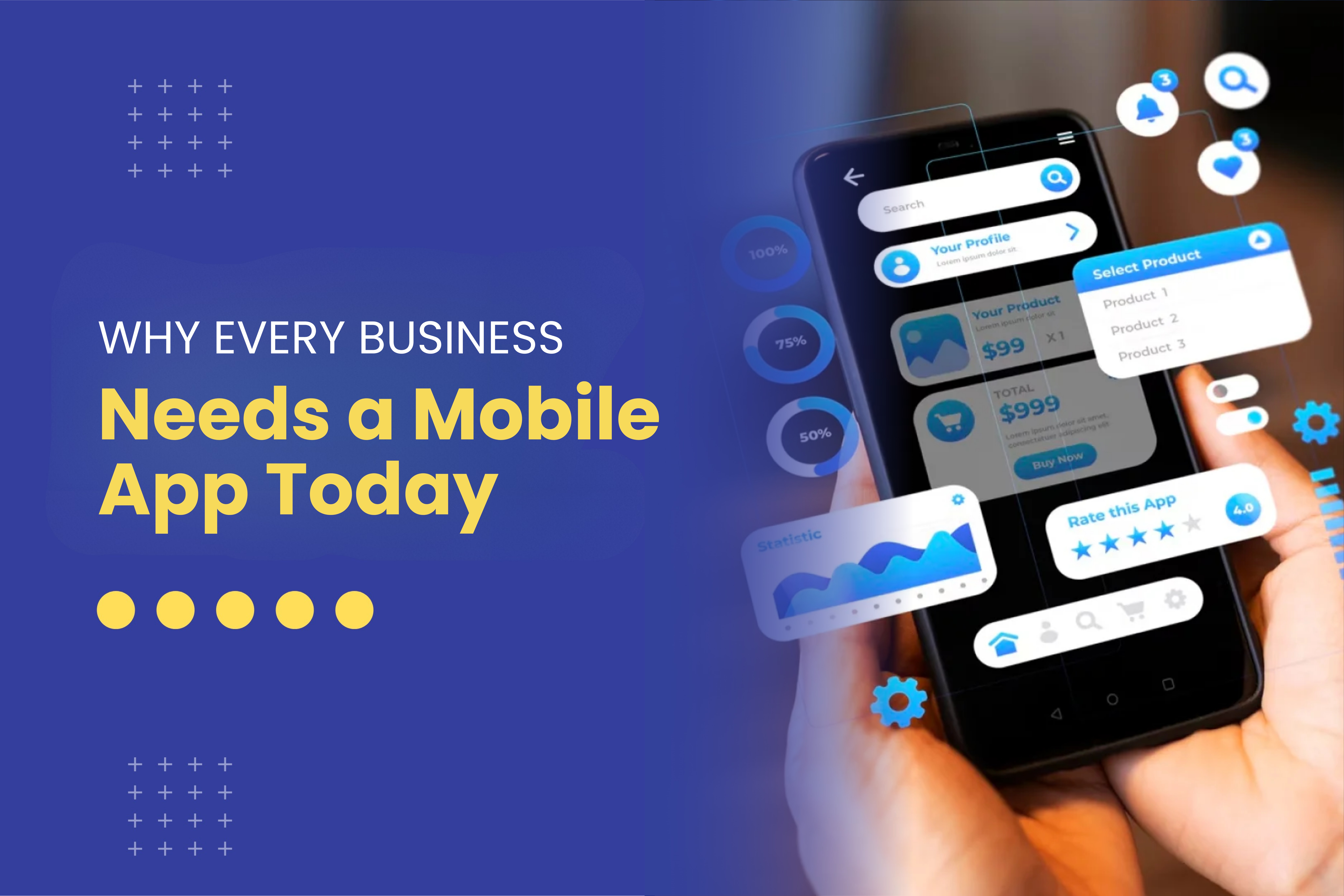Create a SaaS Product Checklist for a Successful Launch
Thu, 09 Dec 2021
Making a responsible decision necessitates much
research and preparation. All of this is done with one goal in mind: to help
the idea realization process flow smoothly. When launching a SaaS (Software as
a Service) offering, careful preparation is very important. The development
process and subsequent deployment will proceed more smoothly and painlessly if
all critical issues are thoroughly elaborated and agreed upon. But, more
importantly, what should be done to ensure that the project launch goes off
without a hitch? How can you ensure that the system will function properly once
it is operational? We'll go over the list of must-dos before releasing a SaaS
application in this article and explain why each item is necessary.
What
exactly is Software as a Service (SaaS)?
Software as a Service (SaaS) refers to a system that
is maintained by a third-party provider and for which a customer pays for the
capability required to conduct business. SaaS does not necessitate local
hardware installation because it is supported remotely by the vendor. This is
the primary benefit of this type of solution, as it does not necessitate any
development skills or knowledge from your own staff. Another reason for SaaS
apps' appeal is their low cost, which is determined by the set of functions a
customer chooses for ongoing use.
Points
to Include in a SaaS Product Checklist
Every company that offers SaaS application
development services will tell you that proper planning is the foundation of
the entire project and that the project's future success is determined by the
first actions taken on the route to launch. There is a slew of tasks that must
be completed, examined, and anticipated. A well-thought-out strategy can assist
you to avoid making a complete mess of the development process and gain confidence
in the path you've chosen. Let's take a look at the essential items that should
be included in your SaaS product checklist.
Making
a Minimum Viable Product (MVP) (MVP)
It is preferable to obtain some insights into the
preferences of your potential clients before embarking on the production of a
full-fledged product. Incorporating the development of the first edition of
your SaaS product into your checklist will keep you informed about your users'
wants and needs while requiring a minimal cost. You'll be able to adjust the course
and incorporate customer-requested enhancements based on the input you receive
from your initial users.
Of course, releasing an MVP does not ensure that your
product will be well-received. Meanwhile, you'll have a clear roadmap and know
which path to take: whether to build a comprehensive SaaS solution or complete
the development process.
Creating
a Workable Timeline
When building a SaaS product, don't forget to
include the schedule for your product launch in the checklist to get the best
results. It's important to assess the complexity of your product and estimate
the amount of time it'll take to develop it. Make sure your timeline is
measurable and includes checkpoints. This method will assist your personnel in
staying on track and monitoring project progress.
Obtaining
Beneficial Recommendations
Do you intend to use the product just for your own
benefit? If that's the case, don't worry about the feedback requirement. If not,
you must read this section. If you want to attract new consumers and keep
existing ones interested, collecting and analyzing user feedback is critical.
The information gathered will aid you in better understanding your users'
expectations and determining the application's future development path.
It
is essential to conduct thorough testing.
Assume your SaaS application has already been
developed and launched. However, after some time has passed, you receive
feedback from users that it is not working properly. Large numbers of mistakes,
sluggish loading speeds, and other issues discourage users from using the
product again and again. Poor or even non-existent testing could be the
culprit, resulting in a negative user experience. As a result, it's critical to
remember that developing code isn't enough. It's also crucial to make sure the
code is clean and bug-free in order for the program to run smoothly. There is
no other way to achieve that but to execute software testing activities on a
regular basis.
Market
Research with a Specific Goal
When you're developing a product and counting on its
success, you need to know exactly who you're working for. Conducting research
on your target audience can assist you in keeping up with the changing and
evolving needs of your users. Using various sorts of surveys, forming focus
groups, and organizing regular calls and meetings with stakeholders are all
excellent ways to get closer to potential customers and learn more about who
they are and what they anticipate.
Investigate
Your Competitors
When it comes to the development of a SaaS solution,
competitor research goes hand in hand with target market research. An in-depth
examination of similar applications will reveal which features are truly
necessary, which are not, and which are desirable for the system to have.
You'll be able to find a killer feature that other apps don't have, giving you
a competitive advantage, if you adopt this technique.
The coordination that is appropriate
When embarking on a large-scale SaaS project
involving multiple departments, it's critical to carefully set up the entire
process. All of the product teams should be working toward the same goal, and
their interactions should be seamless and well-coordinated. It is critical to
arrange regular meetings and webinars to ensure that everyone is on the same
page in order to minimize Chinese whispers and to ensure that communication
between team members is consistent.
POPULAR POSTS
Shopify vs. WordPress: Which one is best for e-commerce?
Wed, 07 Apr 2021Role of IoT in the Real Estate Industry
Wed, 14 Apr 2021Why UX And UI Is Important For Mobile Application Development
Sat, 01 May 2021Telemedicine's Advantages in Nursing Homes
Fri, 24 Dec 2021RECENT POSTS
PHP & Laravel Web Development | Build Secure & Scalable Websites
Thu, 18 Dec 2025Why Every Business Needs a Mobile App Today
Thu, 18 Dec 2025Title: Run Your Entire Real Estate Business From Your Phone
Fri, 12 Dec 2025









